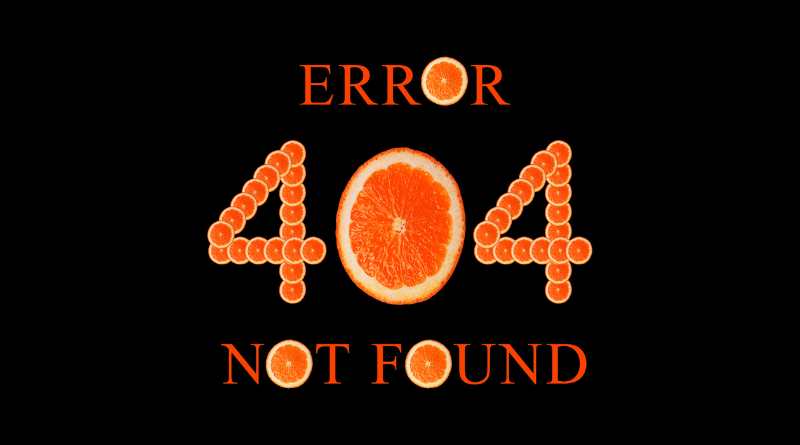Resolving NSCocoaErrorDomain Code 4: Troubleshooting ‘Shortcut Not Found’ Error
When encountering errors in software development, it’s crucial to have a systematic approach to identify and resolve them efficiently. One common error that developers may encounter is the NSCocoaErrorDomain Code 4, which indicates a ‘Shortcut Not Found’ issue. In this article, we’ll delve into the causes of this error and provide comprehensive troubleshooting steps to resolve it effectively.
Understanding NSCocoaErrorDomain Code 4
The NSCocoaErrorDomain is a domain used in Cocoa error handling to specify errors related to Cocoa framework operations. When an error occurs within this domain with a specific error code, developers can refer to the error message to gain insights into the nature of the problem. In the case of Code 4, the error message typically indicates that the specified shortcut could not be found.
Causes of the Error
Several factors could lead to the ‘Shortcut Not Found’ error. These may include:
- Incorrect Shortcut Configuration: If the application is attempting to access a shortcut that hasn’t been properly configured or defined, it may result in this error.
- Missing Resources: The absence of necessary resources associated with the shortcut, such as files or directories, can trigger the error.
- Permissions Issues: Insufficient permissions to access the shortcut or related resources can also lead to this error.
- Software Bugs: In some cases, the error may be caused by bugs within the application code or underlying frameworks.
Troubleshooting Steps
To effectively resolve the NSCocoaErrorDomain Code 4 error, developers can follow these steps:
- Verify Shortcut Configuration: Double-check the configuration of the shortcut to ensure that it matches the intended functionality. This includes verifying any associated key bindings or menu items.
- Check Resource Availability: Ensure that all resources required by the shortcut, such as files or directories, are present and accessible at the specified locations.
- Review Permissions: Check the permissions of the shortcut and associated resources to ensure that the application has the necessary rights to access them.
- Debugging: Use debugging tools and techniques to identify any issues within the application code or frameworks that may be causing the error. This may involve step-by-step execution, logging, or using debugging utilities.
- Update Software: If the error is found to be caused by a known bug in the software or frameworks, check for updates or patches that may address the issue.
Conclusion
In conclusion, the NSCocoaErrorDomain Code 4 error, indicating a ‘Shortcut Not Found’ issue, can pose challenges for developers. By understanding the potential causes of the error and following systematic troubleshooting steps, developers can effectively identify and resolve the issue, ensuring the smooth functioning of their applications. Remember to document any findings and solutions for future reference, aiding in the efficient resolution of similar issues that may arise.
Frequently Asked Questions (FAQs) about NSCocoaErrorDomain Code 4:
Q1: What does the NSCocoaErrorDomain Code 4 error signify?
A1: The NSCocoaErrorDomain Code 4 error indicates a ‘Shortcut Not Found’ issue within the Cocoa framework. It suggests that the application encountered difficulties locating the specified shortcut.
Q2: How can I identify the cause of the NSCocoaErrorDomain Code 4 error?
A2: Identifying the cause of the error may involve reviewing the application’s shortcut configuration, checking for missing resources, verifying permissions, and debugging the code for any underlying issues.
Q3: What should I do if I encounter the NSCocoaErrorDomain Code 4 error in my application?
A3: If you encounter this error, start by reviewing the shortcut configuration and ensuring that all necessary resources are available and accessible. Use debugging techniques to pinpoint any issues in the code or frameworks.
Q4: Can software updates or patches help resolve the NSCocoaErrorDomain Code 4 error?
A4: Yes, in some cases, software updates or patches may address bugs or issues within the application or frameworks that could be causing the error. It’s advisable to check for available updates and apply them accordingly.
Q5: Is there any specific documentation or resources available for troubleshooting NSCocoaErrorDomain Code 4 errors?
A5: While specific documentation may vary depending on the application and framework being used, developers can refer to platform-specific developer documentation, forums, and community resources for troubleshooting guidance and support.
Q6: How can I prevent NSCocoaErrorDomain Code 4 errors in my application?
A6: To prevent such errors, ensure thorough testing of shortcut configurations, resource availability, and permissions during development. Additionally, staying updated with relevant software updates and best practices can help mitigate potential issues.
Q7: Are there any common pitfalls to watch out for when troubleshooting NSCocoaErrorDomain Code 4 errors?
A7: One common pitfall is overlooking small configuration details or assuming resource availability without thorough verification. It’s essential to be meticulous and systematic in the troubleshooting process to identify and address all potential issues effectively.












Post Comment